Beyond Smart Homes: Voice-Controlled Coffee Machines at Embedded World 2024
Mouser showcases this creative coffee machine at Embedded World 2024; it's an avant-garde gadget capable of understanding and executing coffee orders through offline voice commands. This robot coffee machine, equipped with offline voice control capability, represents a significant leap forward in appliance innovation, offering a glimpse into a future where human-machine interaction becomes more intuitive and seamless.
The Innovation Behind the Voice-Controlled Coffee Machine
The robot coffee machine utilizes offline voice recognition to receive and process commands. Unlike conventional voice-activated devices that rely on internet connectivity to interpret commands, this coffee machine operates independently, with a built-in capability to recognize and respond to various coffee orders. Whether it's a cappuccino, espresso, or Americano, users can simply speak their choice, and the machine, understanding the command through its offline voice recognition system, prepares the desired beverage. This innovation showcases the potential of integrating AI and machine learning technologies into everyday appliances, making them more accessible and user-friendly.
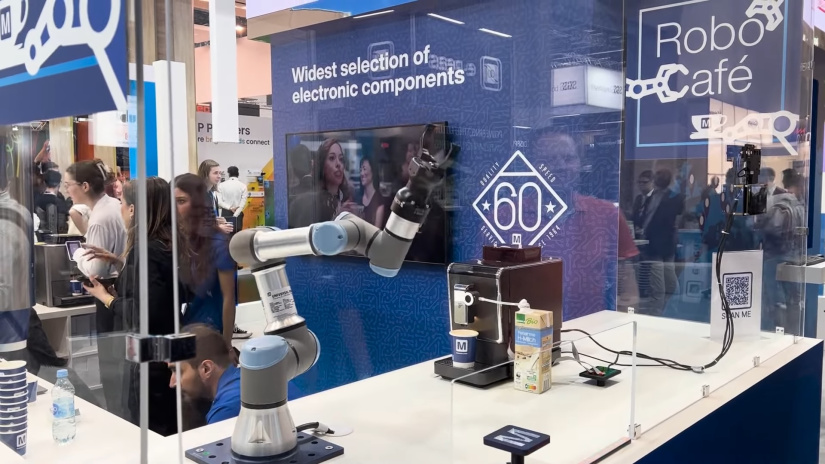
How It Works: A Technical Overview
The voice-controlled coffee machine's remarkable functionality is rooted in the sophisticated integration of software and hardware technologies. Central to this innovation is the process of training a machine-learning model for keyword spotting. This involves programming the model to accurately identify specific voice commands out of numerous potential sound inputs. By focusing on keywords such as 'cappuccino', 'espresso', and 'Americano', the system can discern and respond to users' requests efficiently.
Implementing this model requires a robust hardware platform, which is provided by the NXP SLN TLM controller, powered by an i.MX RT processor. This choice of hardware offers the necessary computational power to process voice commands in real-time, ensuring a responsive user experience. The i.MX RT processor, known for its high performance and low power consumption, is ideally suited for handling the complex tasks of voice recognition and processing without the need for internet connectivity.
Beyond the software, the machine's physical operation is enabled through a clever hardware hack. This modification involves the use of transistors to simulate the physical touch inputs that would normally be required to operate the coffee machine. When a voice command is recognized, the NXP controller sends a GPI command to the transistors. These then actuate, mimicking the touch of a human finger on the machine's interface. This seamless integration of voice commands with physical operations allows for a truly hands-free coffee-making experience.
Multi-Lingual and Speed-Adaptive Voice Recognition
One of the most compelling features of the voice-controlled coffee machine is its multi-lingual voice recognition capability. This technological marvel is not limited by language barriers, offering support for commands in English, German, French, and Chinese. Such versatility ensures that users from different linguistic backgrounds can interact with the machine seamlessly, making it a global solution for coffee lovers everywhere.
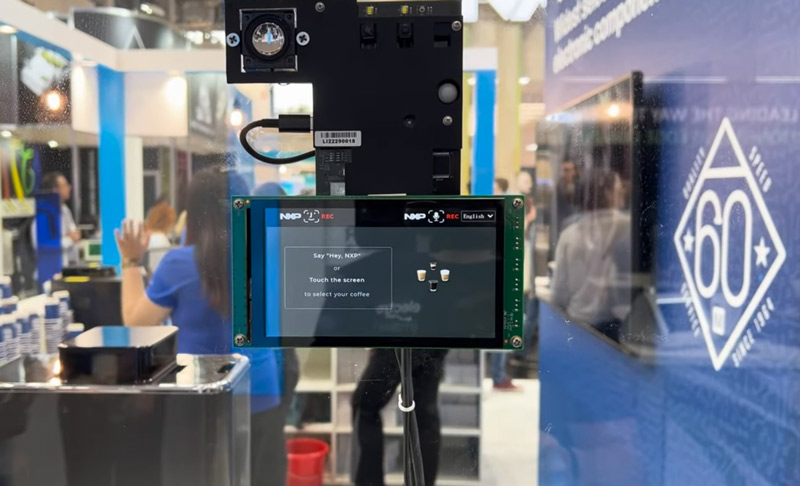
The machine's voice recognition technology is finely tuned to accommodate various speeds of speech. Whether you're a fast talker or someone who speaks more slowly, the system is designed to recognize your command accurately. This speed-adaptive feature is crucial for ensuring that every user's experience is smooth and frustration-free, regardless of their speech pattern. The technology behind this adaptability involves advanced algorithms that analyze the vocal inputs, adjusting in real-time to the tempo of the user's speech.




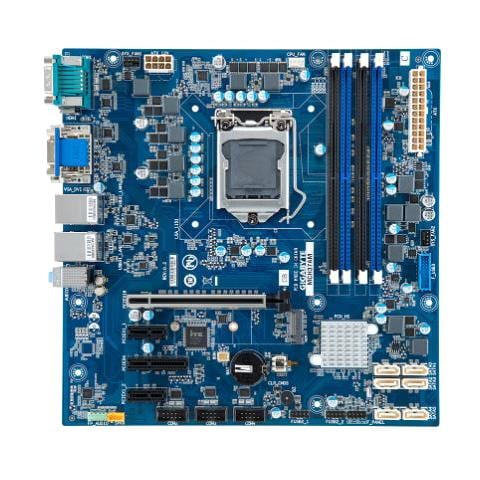
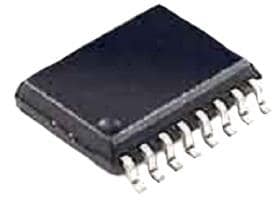
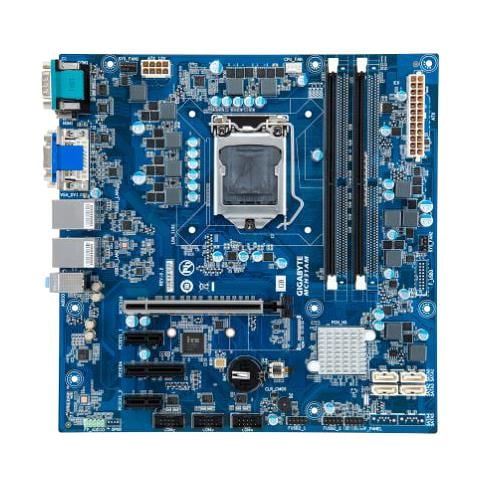
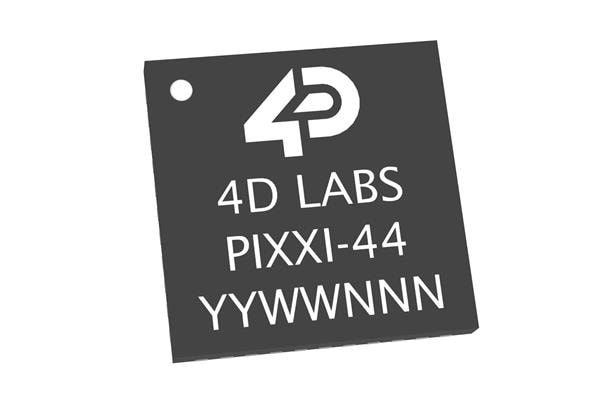
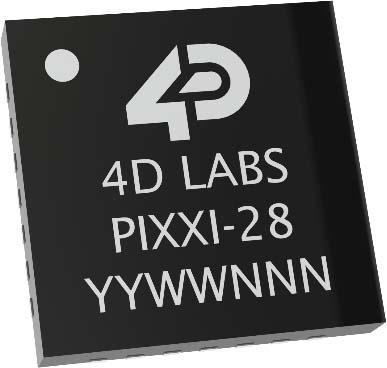
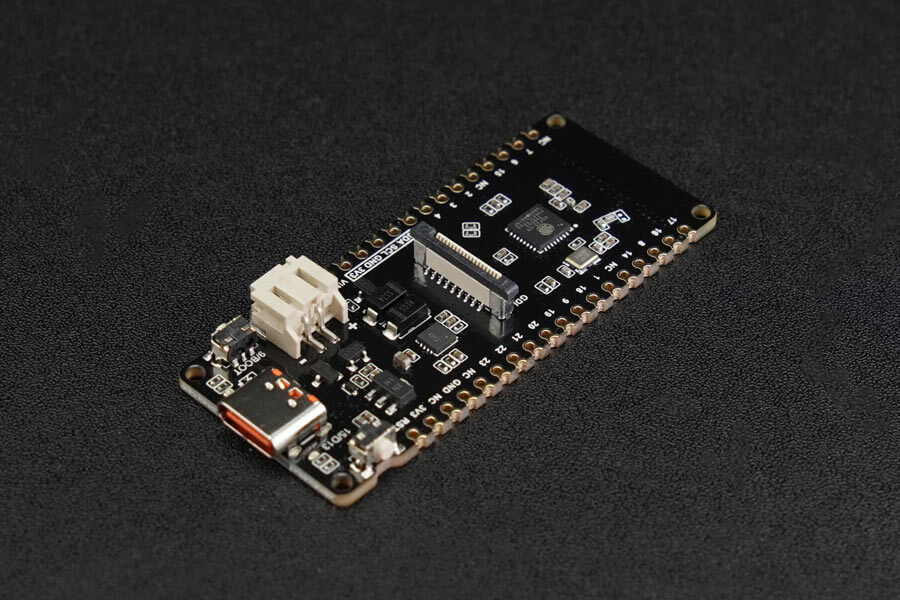

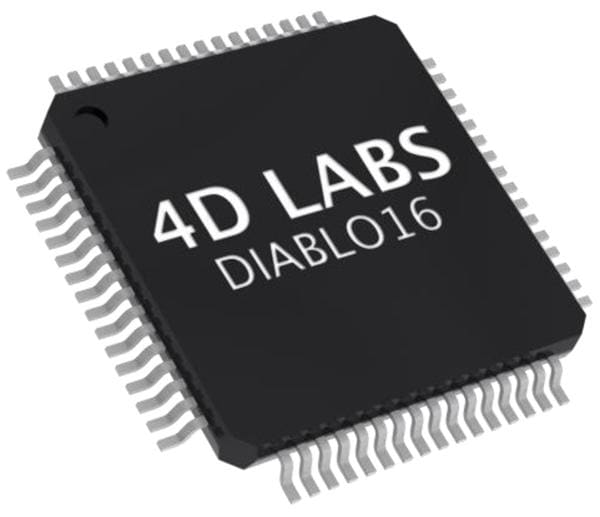
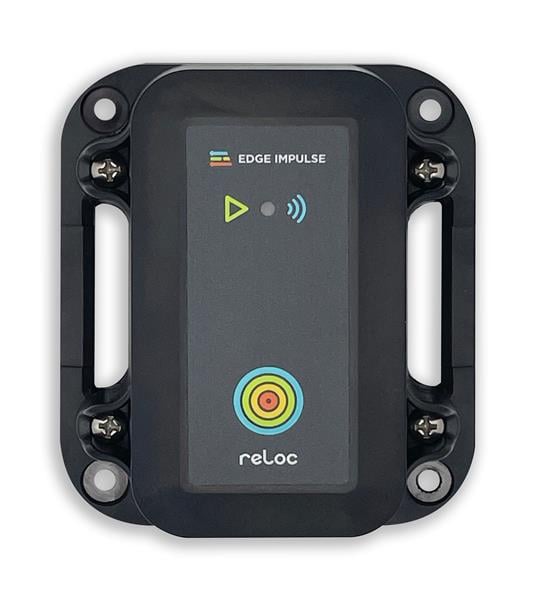
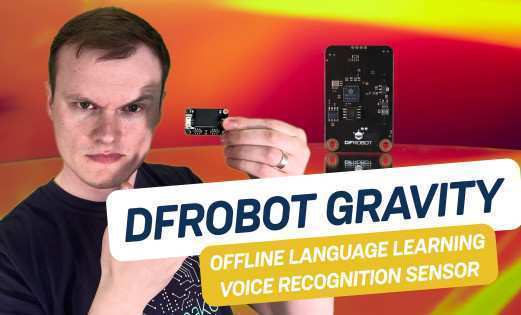
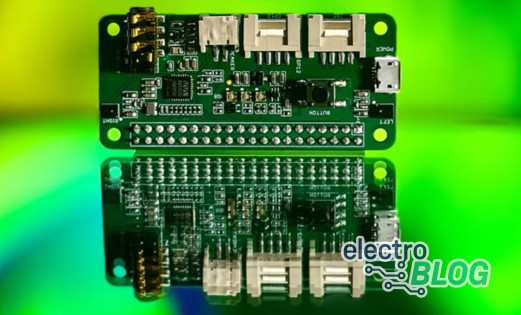
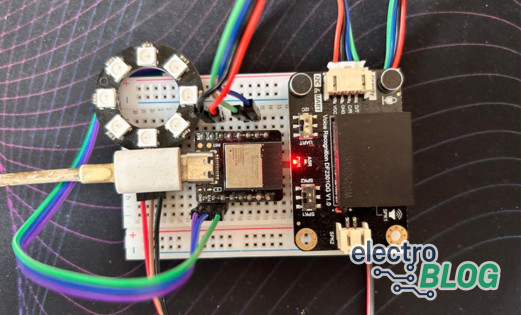


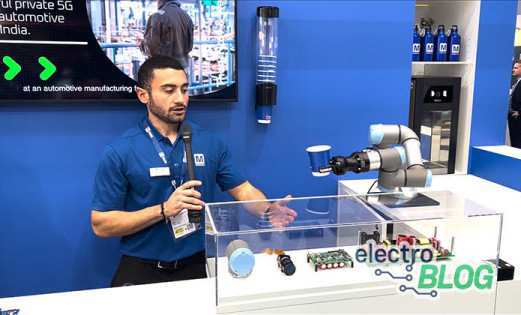
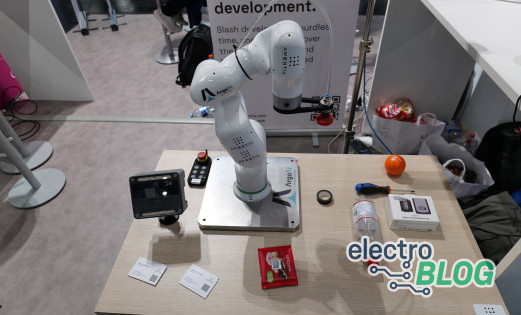
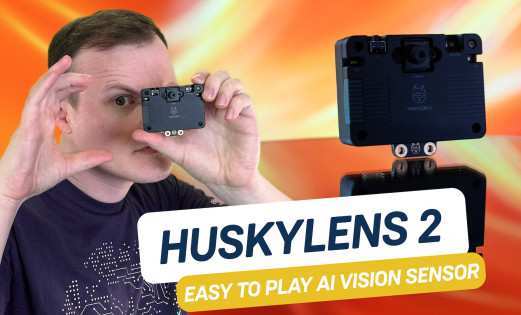

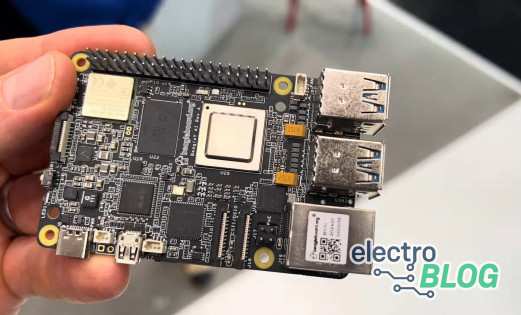

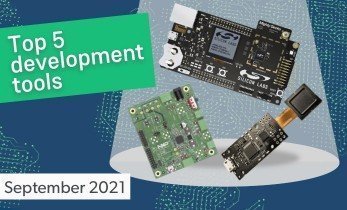
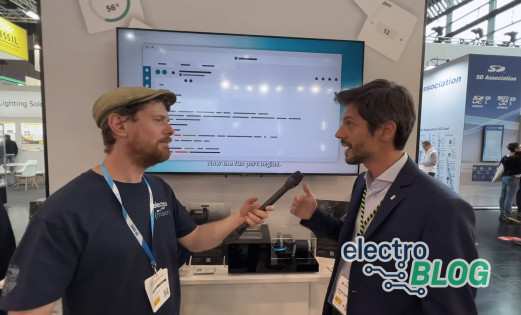


Leave your feedback...